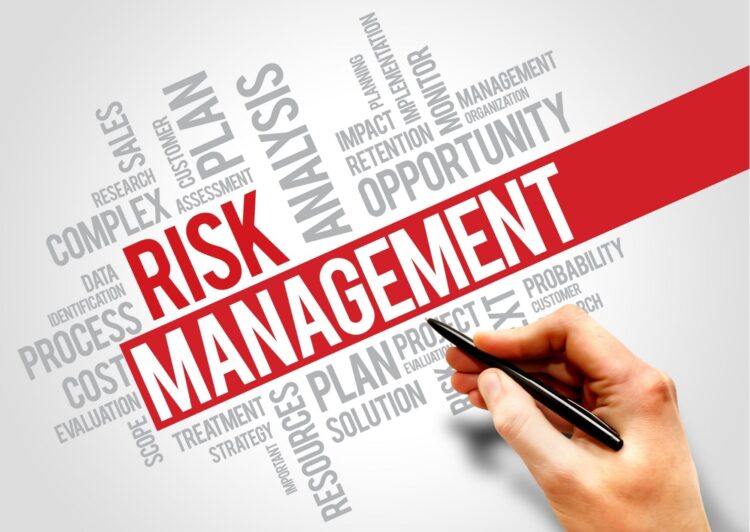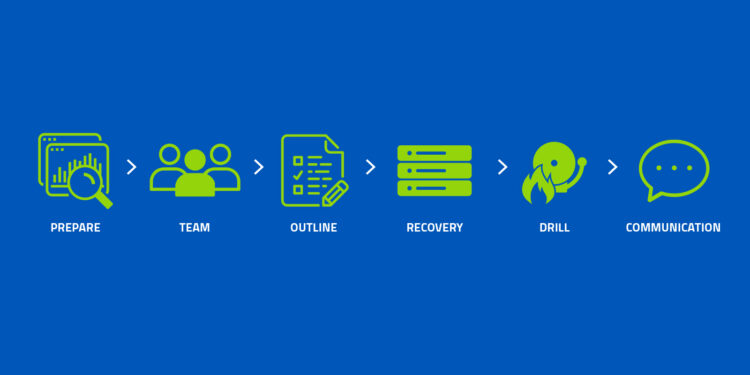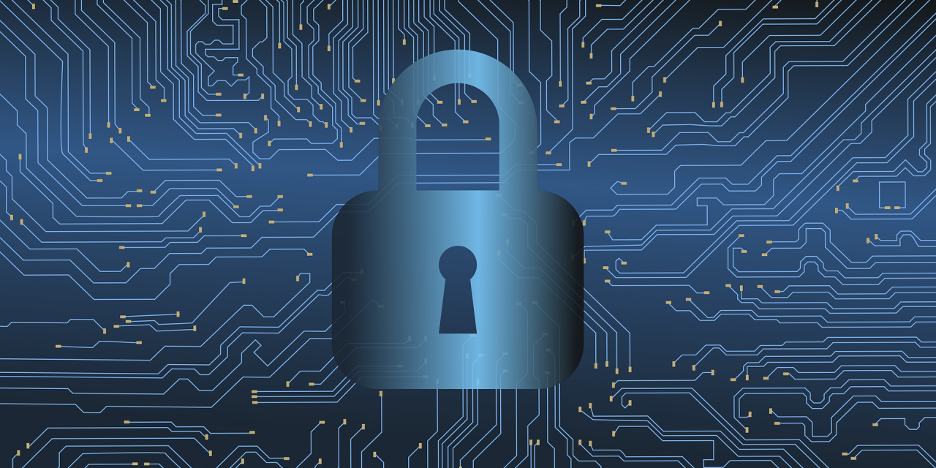Can one ever imagine a company functioning efficiently but needing a proper risk management system? Yes, it would be impossible. In this ever-growing and evolving digital world, the risk of cyber and digital threats is surely on the rise, and every business needs to come up with something to stop it.
This is why every organization puts in timeless hours to create an efficient risk management system. The importance of this plan is paramount in the year 2024. Hence this article will guide how to identify and mitigate the threats.
Effective Ways To Identify And Mitigate Security Vulnerabilities

In this era of advanced technology and when everything is digital, every organization is bound to identify and mitigate any risk they find, even if they suspect a potential threat. Each system in function and all sensitive data should be secure and prevented from any breach. As of the year 2024, giving priority to a robust risk management system is vital.
Here are a few methods a business can follow to chalk out the risks and mitigate them:
Identify Potential Security Risks
Any experienced employee or entrepreneur would suggest that the first step in the mitigation process is to identify each of the underlying risks and issues. Now, this action can only be effectively completed with the help of a comprehensive risk assessment.
Finding every gaping hole and weak spot in a company’s infrastructure is critical. If even one of these goes ignored, it might greatly impact the whole company.
These problems and contradictions are discovered during security assessments, which work to resolve them as quickly as feasible. These assessments must include security tests like penetration testing, vulnerability scanning, and others. To find the areas where you are most exposed to attacks, start by studying your company processes, networks, and systems.
Develop A Risk Management Plan

After completing the first step, it is important to jot down rough risk management, which would later be made into a much more comprehensive one after the input and alterations made by the higher authorities of the business.
The whole plan is to be created according to the identified risks and with ways so that those threats can be entirely removed. The plan should outline the steps you will take to mitigate the identified risks, including prevention, detection, and response. A clear, concise and understandable plan ensures that the program can be implemented easily and productively.
Moreover, it should be the responsibility of the entire business team to make moderations to the plan to suit the market’s current scenario.
Implement Security Controls
The hazards found in the risk assessment will determine your choice of security controls. You should put physical controls like access restrictions and security cameras in place to secure your physical assets. To secure your digital assets, however, you must implement technological safeguards like firewalls, encryption, and intrusion detection systems. To reduce human mistakes and neglect, it is also important to undertake employee training and awareness initiatives.
This step is necessary when it comes to intensive risk management. It is as important as any other company to secure their work and functioning. Any company should always pay attention to this plan implementation.
Monitor And Review The Whole Procedure
Creating and implementing the perfect plan in the company is never enough. The whole functioning needs to be regularly monitored, reviewed and altered according to the needs of the business. New threats will creep up every once in a while. If the procedure is monitored efficiently, these potential risks can be identified easily and taken care of before they cause serious issues in the organization.
Regular penetration tests and vulnerability assessments can help identify potential weaknesses in your security controls. The plan needs to be reviewed to make new changes and moderations for its betterment. No plan can remain the same throughout the company’s work. Times change, and hence the risk management system also needs changes.
Establish An Incident Response Plan

No one can predict when a security breach or security risk incident will occur. Even with the best plan being implemented, there can be occurrences that might lead to a lot of loss and data leaks for the organization. During these situations, an incident response plan becomes a must. It becomes the only way to mitigate the risks.
The strategy should include the procedures you’ll take to stop the event, evaluate the harm done, and resume business as usual. The strategy should be continuously reviewed and modified to account for modifications to your company and changing security threats.
The incident response plan is an emergency program. Thus, along with the main risk management plan, this must be changed and altered accordingly. This plan should always be addressed, as every risk and threat comes as a shock. Mitigation should be done immaculately to prevent any issue that might persist in the company.
Engage The Services Of A Security Expert

In today’s digital environment, ensuring the security of your organization’s data and infrastructure is essential. While your organization’s internal IT team may have some familiarity with security rules and procedures, more is needed to guard against sophisticated online attacks.
A security expert is a professional with the knowledge and skills necessary to identify possible security risks, create effective risk management plans, and implement those plans. They may assess your company’s security posture at the moment, find weaknesses and weak spots, and suggest risk-reduction measures.
One advantage of hiring a security expert is that they may continue offering support and direction to ensure your security protocols are current and efficient. They may advise on the most recent security measures and best practices to keep your firm safe when new threats are discovered. Employing a security professional may give your company the knowledge and resources required to manage security risks and defend against cyber threats.
Conclusion
Organizations need to take appropriate steps to manage security threats because they are still a growing danger. It is crucial to implement a strong risk management system that recognizes potential risks, creates a detailed risk management plan, implements efficient security controls, evaluates and monitors the plan’s effectiveness, creates an incident response plan, and retains the services of a security expert. By heeding these recommendations, businesses may protect their sensitive data and systems from security threats and maintain business continuity.

